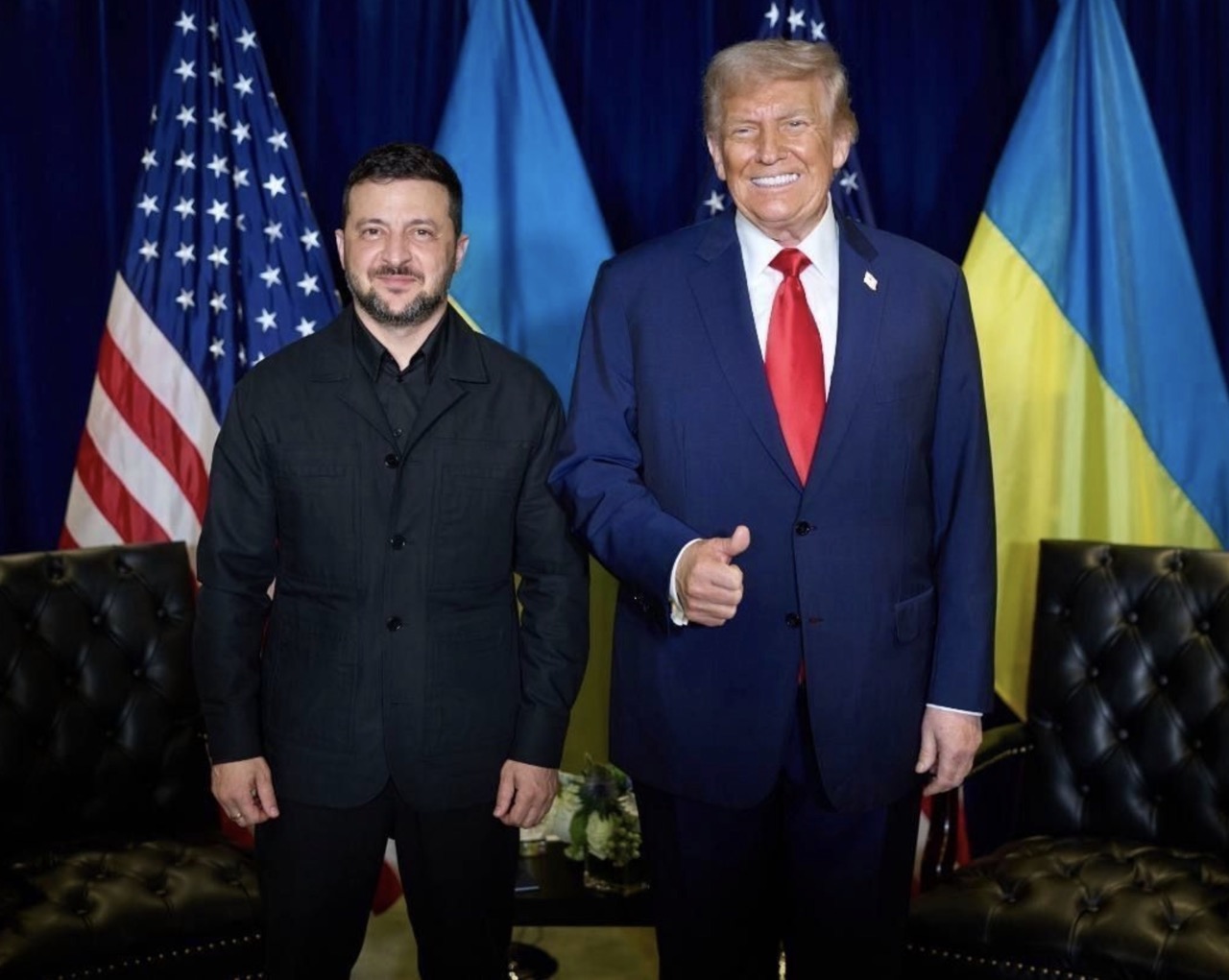US President Donald Trump says he may send long-range Tomahawk missiles to Ukraine unless Russian President Vladimir Putin ends the war, The Guardian reports. The statement came after Trump's second phone call in two days with Ukrainian President Volodymyr Zelenskyy.
With such weapons, Ukraine will be able to strike deep into the Russian rear. Currently, Russia shows no sign that it wants to stop the war, instead increasing civilian terror. The Tomahawk, with a range of 2,500 kilometers, could become a weighty factor that may force Russia to sit down at the negotiating table.
"I might send them Tomahawks"
Speaking aboard Air Force One on 13 October 2025 en route to the Middle East, Trump told reporters, “I might talk to him [Putin]. I might say, ‘Look, if this war is not going to get settled, I’m going to send them Tomahawks.’”
“Do they want Tomahawks going in their direction? I don’t think so," he added pointedly.
Zelenskyy confirmed earlier that weekend that he had spoken twice with Trump.
“We discussed the defense of life in our country, strengthening our capabilities—in air defense, resilience, and long-range capabilities,” he wrote on X.
“We are working on it ... and I’m waiting for the president to say yes," Zelenskyy added in an interview with Fox News.
"We never attack their civilians"
Speaking to Fox News, Zelenskyy stressed that Ukraine would use the missiles solely on military infrastructure.
“Even with all this pain of losses ... we never attack their civilians. This is the big difference between Ukraine and Russia," he said.
Russia intensifies energy war
Kyiv pleads for longer-range weapons as Russia has escalated attacks on Ukraine’s energy grid. Regional officials report terror strikes in Donetsk, Odesa, Chernihiv, and Kyiv oblasts.
Two DTEK energy workers were wounded in one such strike. Over the past week alone, Zelenskyy said Russia had launched “more than 3,100 drones, 92 missiles, and around 1,360 glide bombs.” He urged tighter sanctions on Russian oil buyers, fueling the Kremlin’s war machine.
Moscow’s outrage—again
The Kremlin reacted with familiar alarm. Putin's spokesperson Dmitry Peskov said on 12 October that “the topic of Tomahawks is of extreme concern.”
He warned that Russia wouldn’t be able to tell if incoming missiles carried nuclear warheads.
“What should the Russian Federation think? Just how should Russia react?” he asked.
Former President Dmitry Medvedev, now a professional doomsayer, declared, “The delivery of these missiles could end badly for everyone. And first of all—for Trump himself.”
Belarusian ruler Alexander Lukashenko, Russia's closest ally, tried to sound calm when commenting on the delivery possibility.
"Our friend Donald ... sometimes takes a more forceful approach, and then he lets go a little. Therefore, we shouldn’t take this literally," he claimed.
What's next?
When asked by reporters at the White House last Monday whether he had decided about supplying Ukraine with Tomahawks, Trump said he had “sort of made a decision.” “I think I want to find out what they’re [Ukraine] doing with them. I would ask some questions. I’m not looking to escalate that war.”
Zelenskyy appears to have responded to those concerns in his televised interview with Fox News, saying that only military infrastructure would be targeted. The final decision now rests with the US President—on whether these Russian “red lines” will be crossed or not.
This topic is expected to feature prominently during President Volodymyr Zelenskyy’s visit to the United States next Friday, 17 October. He told reporters Monday in Kyiv that he would travel to Washington to discuss Ukraine’s air defense and long-range missile capabilities with President Donald Trump.




